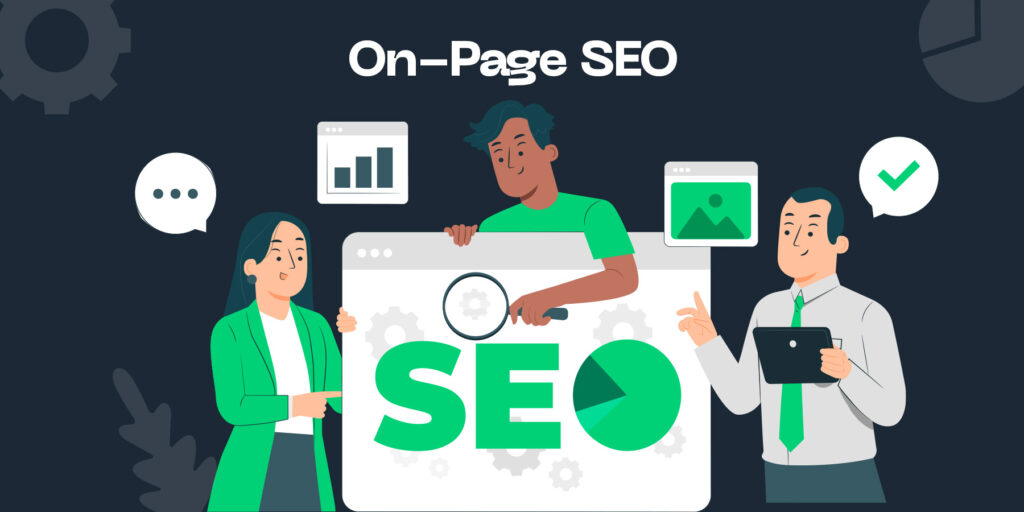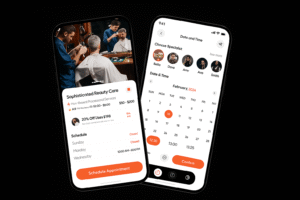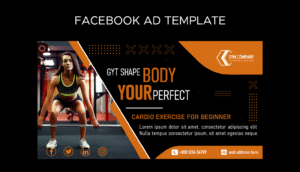Discover the most effective on-page SEO techniques for 2025 to boost your website’s rankings, improve user experience, and stay ahead of the competition.
Introduction
On-page SEO remains a cornerstone of effective search engine optimization in 2025. With evolving search algorithms, AI advancements, and changing user behaviors, staying updated on the latest on-page SEO techniques is critical for any website owner, blogger, or digital marketer.
This comprehensive guide covers the best on-page SEO techniques in 2025 that will help your website rank higher on Google’s first page, increase organic traffic, and enhance user engagement.
What is On-Page SEO?
On-page SEO refers to the optimization of individual web pages to rank higher and earn more relevant traffic from search engines. It involves optimizing content, HTML source code, site structure, and user experience elements.
Why On-Page SEO is Important in 2025
Search engines are smarter: AI and machine learning algorithms understand context, intent, and semantics better than ever.
User experience is a priority: Google favors websites that deliver fast, accessible, and relevant content.
Competitive edge: Proper on-page SEO can differentiate your site in saturated markets.
Better indexing: Well-optimized pages are easier for search engines to crawl and index.
Top On-Page SEO Techniques That Will Work in 2025
1. Optimize for User Intent
Google’s algorithms prioritize matching user intent — informational, navigational, transactional, or commercial investigation.
Perform thorough keyword intent research.
Align your content to answer user queries fully.
Use tools like Google Search Console, SEMrush, and Ahrefs to analyze intent.
2. Create High-Quality, In-Depth Content
Content quality and depth matter more than ever.
Write comprehensive, well-structured, and engaging content.
Use subheadings, bullet points, and visuals to improve readability.
Aim for E-A-T: Expertise, Authority, and Trustworthiness.
3. Optimize Title Tags and Meta Descriptions
Your title and meta description are key click-through rate drivers.
Include primary keywords naturally in titles (keep under 60 characters).
Write compelling meta descriptions (under 160 characters) with relevant keywords.
Make them enticing and relevant to search intent.
4. Use Structured Data Markup (Schema)
Schema helps search engines understand your content context and can boost rich snippets.
Add schema types like Article, FAQ, Product, and Local Business.
Use Google’s Structured Data Testing Tool to verify markup.
Implement JSON-LD format for ease and compatibility.
5. Optimize URL Structure
Clean, descriptive URLs improve user experience and SEO.
Keep URLs short, keyword-rich, and readable.
Use hyphens to separate words.
Avoid unnecessary parameters and numbers.
6. Enhance Page Speed and Mobile Usability
Page speed is a confirmed ranking factor.
Use tools like Google PageSpeed Insights and GTmetrix.
Optimize images (compression, correct formats like WebP).
Enable browser caching and use CDN.
Ensure your site is fully responsive for mobile devices.
7. Optimize Internal Linking Structure
Internal links help distribute link equity and improve crawlability.
Link related articles and pages contextually.
Use descriptive anchor text with relevant keywords.
Avoid over-linking or irrelevant links.
8. Use Optimized Images and Alt Text
Images boost engagement but should be optimized for SEO.
Compress images to reduce load times.
Use descriptive, keyword-rich alt text for accessibility and SEO.
Use appropriate file names.
9. Implement Content Updates Regularly
Fresh content signals relevance to search engines.
Update old posts with new data and insights.
Refresh titles, meta descriptions, and links periodically.
Remove or consolidate outdated content.
10. Focus on Semantic SEO and Latent Semantic Indexing (LSI)
Using related keywords and synonyms helps search engines understand content context.
Integrate LSI keywords naturally within your content.
Use tools like LSIGraph or SEMrush to find related terms.
Avoid keyword stuffing.
11. Improve User Experience (UX)
Good UX reduces bounce rates and increases dwell time.
Ensure intuitive navigation and clear CTAs.
Use readable fonts, balanced white space, and engaging multimedia.
Optimize for accessibility (screen readers, keyboard navigation).
12. Add FAQ Sections with Schema
FAQ sections answer common queries and can show up as rich results.
Include relevant, concise questions and answers.
Use FAQ schema markup for enhanced SERP appearance.
Additional Tips for On-Page SEO Success in 2025
Optimize for Voice Search: Use natural language queries and long-tail keywords.
Leverage Video Content: Videos increase engagement and time on site.
Monitor Core Web Vitals: Focus on Largest Contentful Paint (LCP), First Input Delay (FID), and Cumulative Layout Shift (CLS).
Use HTTPS: Secure sites rank better and build trust.
Use Social Sharing Buttons: Encourage sharing to improve traffic and backlinks.
Conclusion
Mastering on-page SEO techniques in 2025 requires a balance between technical optimization, quality content, and user experience. By focusing on user intent, content depth, page speed, and structured data, your website can achieve better rankings, increased traffic, and higher conversions.
Keep up with the latest SEO trends, monitor your website’s performance, and continuously optimize to stay ahead in the competitive online landscape.
FAQs About On-Page SEO in 2025
Q1: What is the most important on-page SEO factor in 2025?
User intent alignment and content quality remain top priorities for Google’s algorithms.
Q2: How often should I update my website content?
Regular updates every 3-6 months help maintain relevance and rankings.
Q3: Is page speed really a ranking factor?
Yes, fast-loading pages provide better user experience and rank higher.
Q4: What tools can help with on-page SEO optimization?
Google Search Console, SEMrush, Ahrefs, Yoast SEO, and Google PageSpeed Insights are popular choices.
Q5: Should I focus more on on-page or off-page SEO?
Both are important, but on-page SEO forms the foundation for successful off-page SEO.














